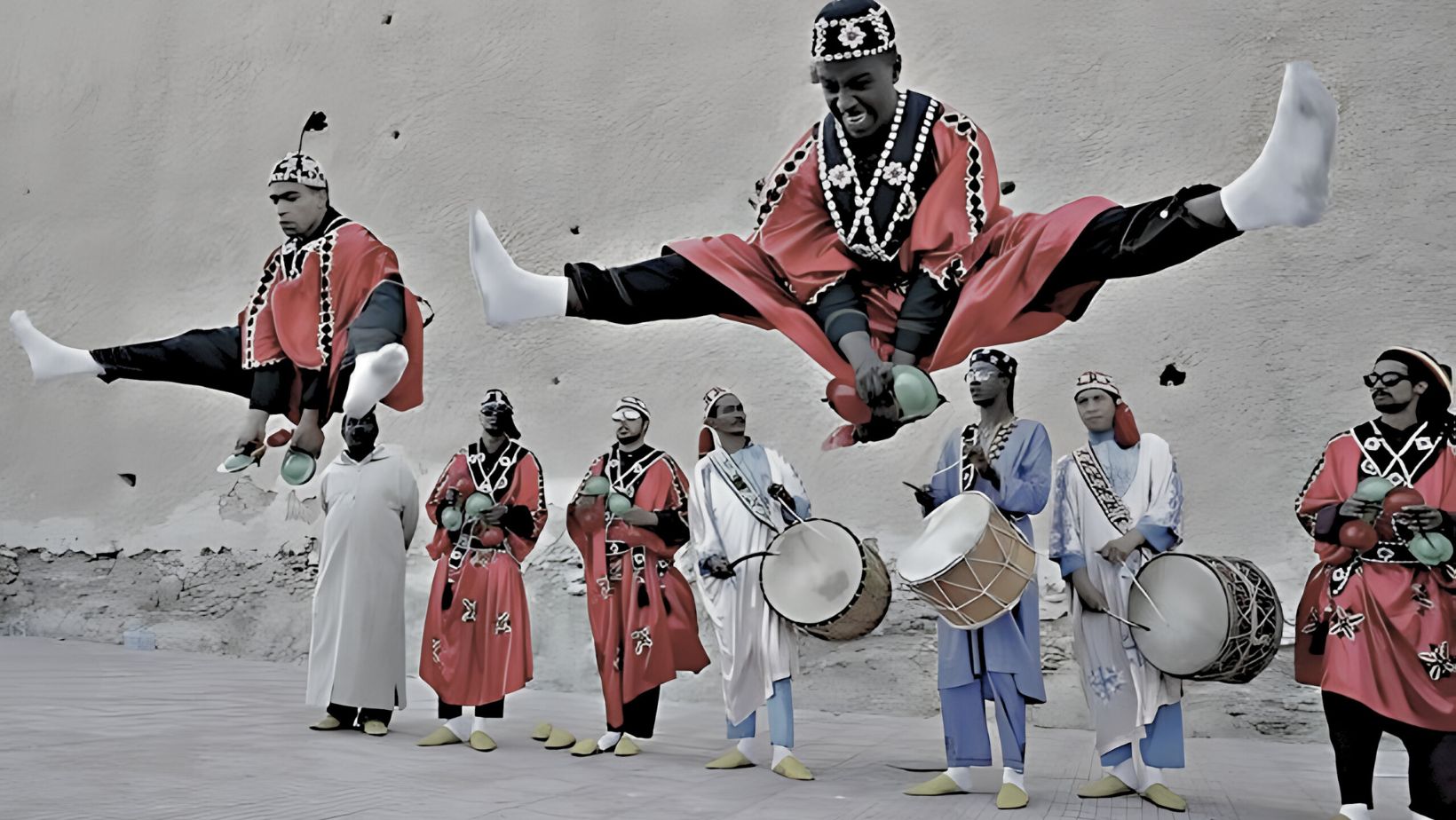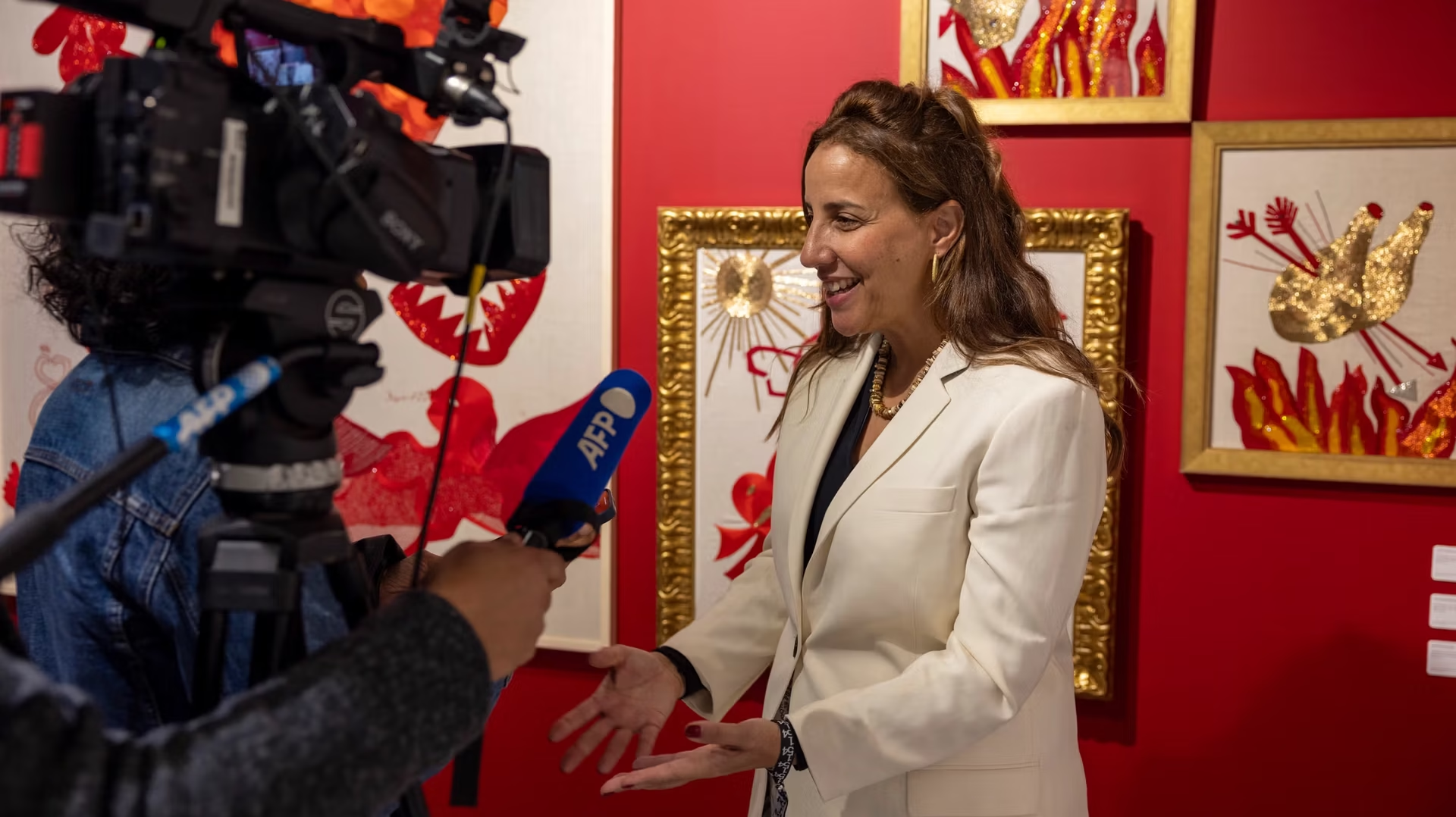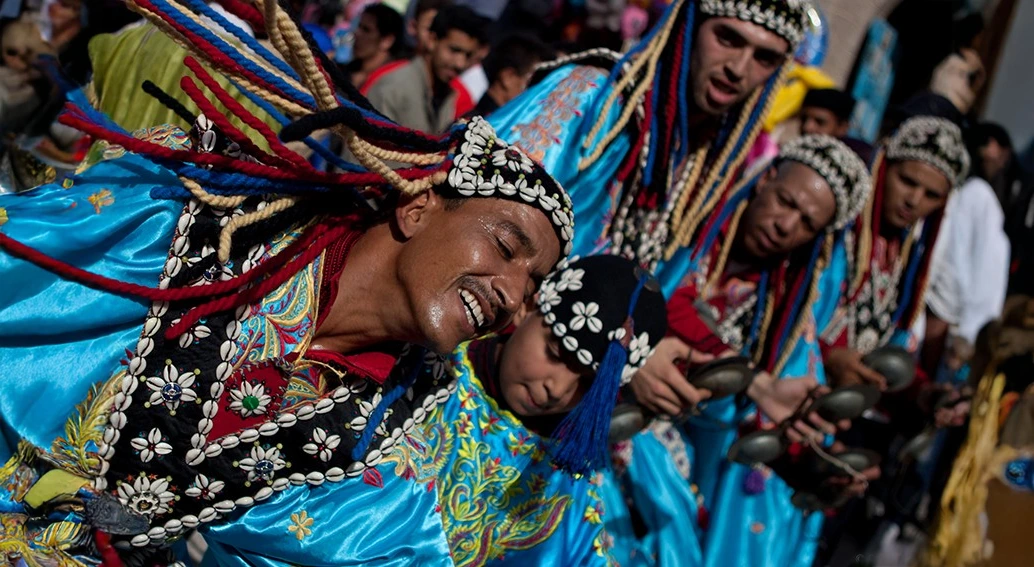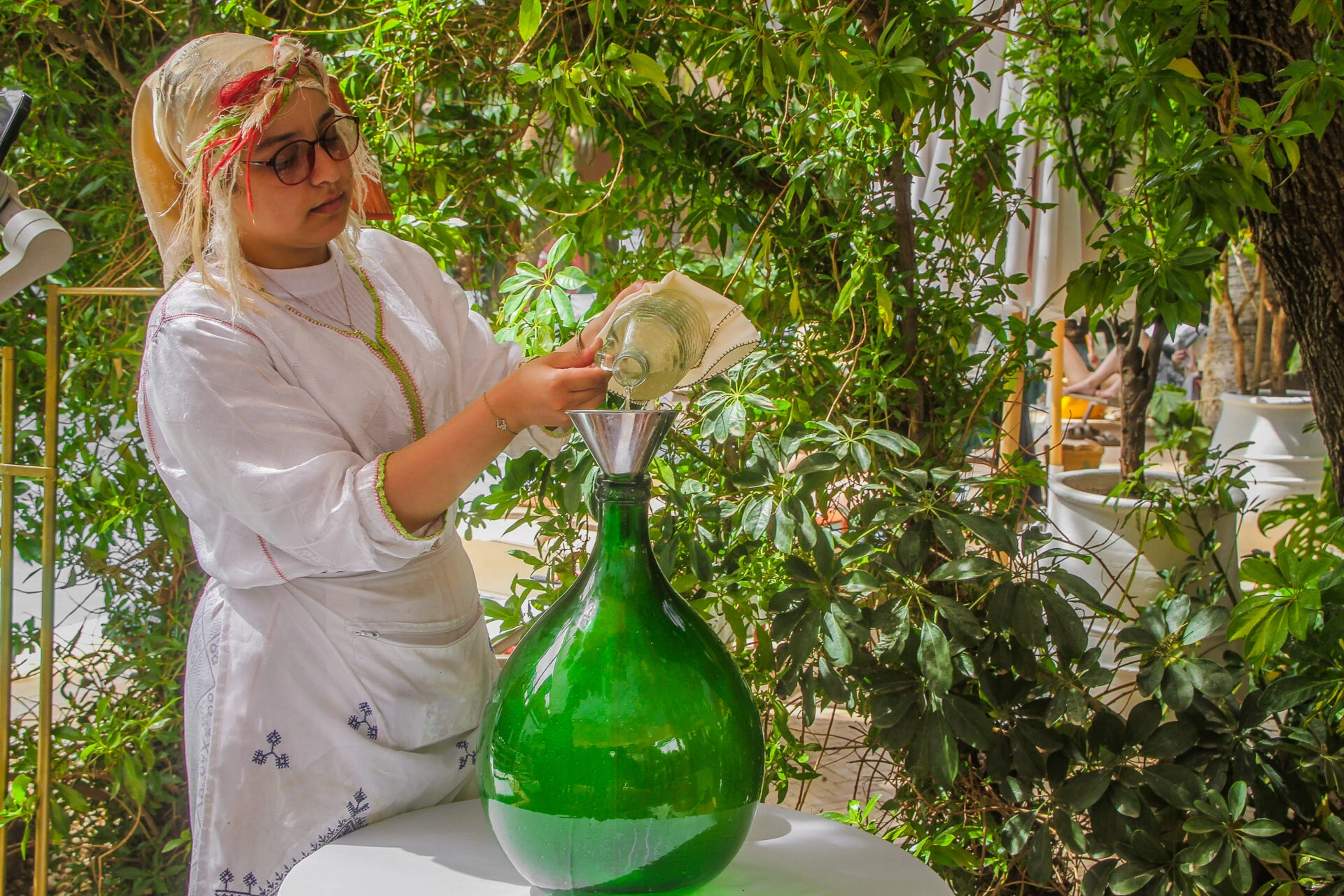Gnawa culture, with its deep roots in African traditions, is renowned for its unique musical instruments that produce the enchanting sounds central to its rituals and ceremonies. This article delves into the ancestral instruments of Gnawa culture, exploring their origins, construction, and the roles they play in Gnawa music.
The Guembri: The Heartbeat of Gnawa Music
The Guembri, also known as the Sintir or Hajhouj, is the cornerstone of Gnawa music. This three-stringed bass lute is crafted from wood and covered with animal skin, producing deep, resonant tones that form the foundation of Gnawa rhythms. The Guembri is not just an instrument; it is a spiritual tool used by the Maâlem (master musician) to lead ceremonies and connect with ancestral spirits.
Key Features:
- Construction: Made from a single piece of wood, typically fig or acacia, and covered with camel or goat skin.
- Strings: Traditionally made from animal gut, now often replaced with nylon.
- Symbolism: Represents the human body and serves as a bridge between the physical and spiritual worlds.
The Qraqeb: The Rhythmic Pulse
The Qraqeb, or Krakebs, are large iron castanets that produce a sharp, clattering sound. These instruments are essential in creating the rhythmic pulse of Gnawa music, accompanying the Guembri and enhancing the trance-inducing effects of the performances.
Key Features:
- Construction: Made from iron, consisting of two concave pieces that are clapped together.
- Symbolism: The repetitive clanging is said to mimic the sound of chains, symbolizing the historical journey of the Gnawa people.
The Tbel: The Ceremonial Drum
The Tbel is a large, double-headed drum played with curved sticks. It is used in various Gnawa rituals to maintain the rhythm and support the Guembri and Qraqeb. The Tbel’s deep, resonant beats are crucial in driving the energy of the ceremonies.
Key Features:
- Construction: Made from wood and covered with animal skin on both ends.
- Playing Technique: Played with two curved sticks, one for each drumhead.
- Symbolism: Represents the heartbeat of the community, uniting participants in the ritual.
Conclusion
The ancestral instruments of Gnawa culture are more than just tools for making music; they are vessels of history, spirituality, and cultural identity. Each instrument, from the deep tones of the Guembri to the rhythmic clatter of the Qraqeb, plays a vital role in the rich tapestry of Gnawa music.






